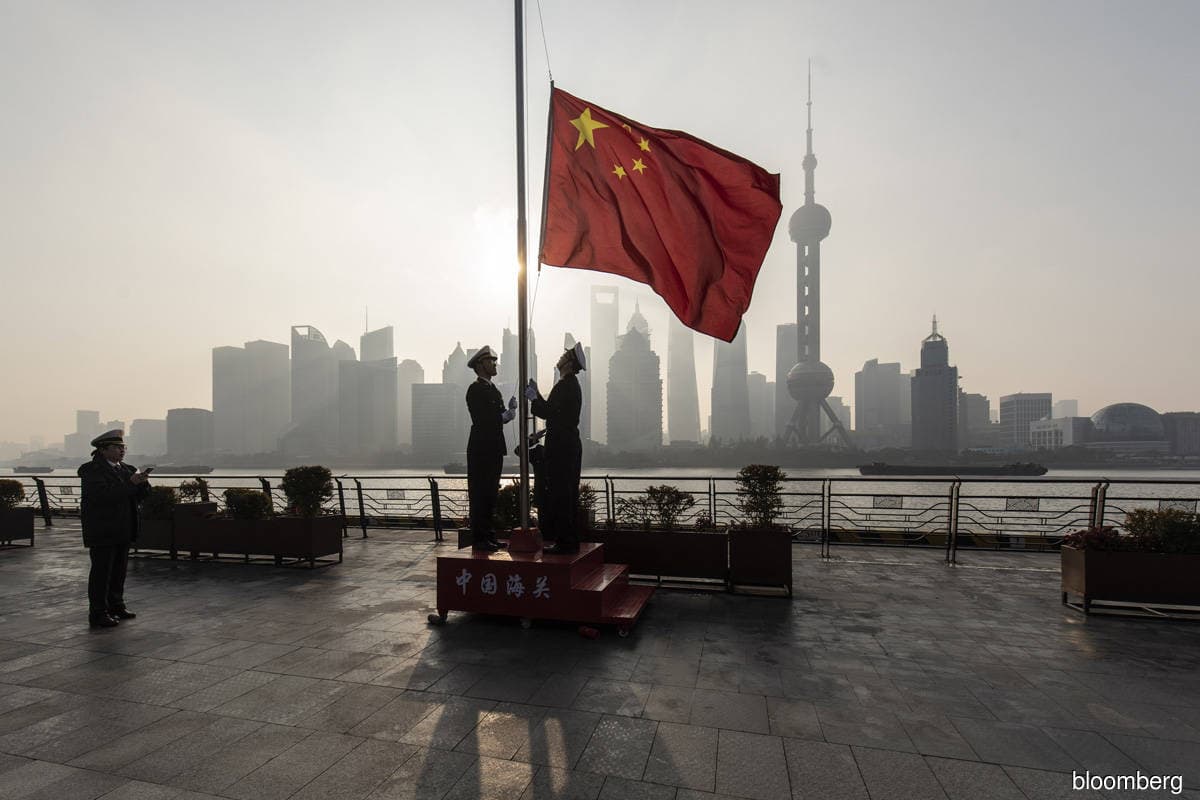
KUALA LUMPUR (Jan 13): Fitch Solutions Country Risk and Industry Research considers China to be one of the primary risk drivers for agricultural commodity prices in 2023.
In a note on Thursday (Jan 12), the firm said Chinese food imports surged during the Covid-19 pandemic, compounding global supply-side disruptions related to the pandemic itself as well as the onset of the Russia-Ukraine conflict in 1Q2022, to add substantial upward momentum to prices.
It said China’s presence in agricultural trade markets has now expanded for several decades, surpassing both the EU and the US to become the largest agricultural importer in 2019.
Fitch Solutions said that in the 1990s, Chinese imports accounted for 4.5% of all foreign grain purchases by volume (here, taken to encompass corn, rice, wheat, and soybean); this figure rose to 10.0% in the 2000s, 19.0% in the 2010s, and 24.4% (or, 10.4% if soybean is excluded) in 2020/21.
“Now, as 2023 starts, uncertainties related to China’s exit from its ‘zero-Covid’ policy and the authorities’ ambition to enhance domestic food security have coalesced and augur heightened market risks for the year ahead.
“In schematic terms, the first development can be thought of as positive for Chinese imports while the latter is to be viewed as negative.
“At Fitch Solutions, we expect Chinese economic growth to accelerate to 5.0% in 2023, up from an estimated 3.3% in 2022, that will, in conjunction with an easing of restrictions that previously prohibited or curtailed socialising and other communal gathering, see consumer demand for [higher-value] food increase; we have also discussed the particular threat to the Chinese agricultural labour force, more rural and older than the rest of the Chinese population, posed by another wave of Covid-19, which would also serve to disrupt domestic production and so stimulate import demand,” it said.
Fitch Solutions said the balance of risk posed by Chinese import demand to agricultural commodity price weighs, in our view, toward the upside, although we stress that a return to either generalised or localised Covid-related lockdown measures represents a significant, if remote, downside for markets.